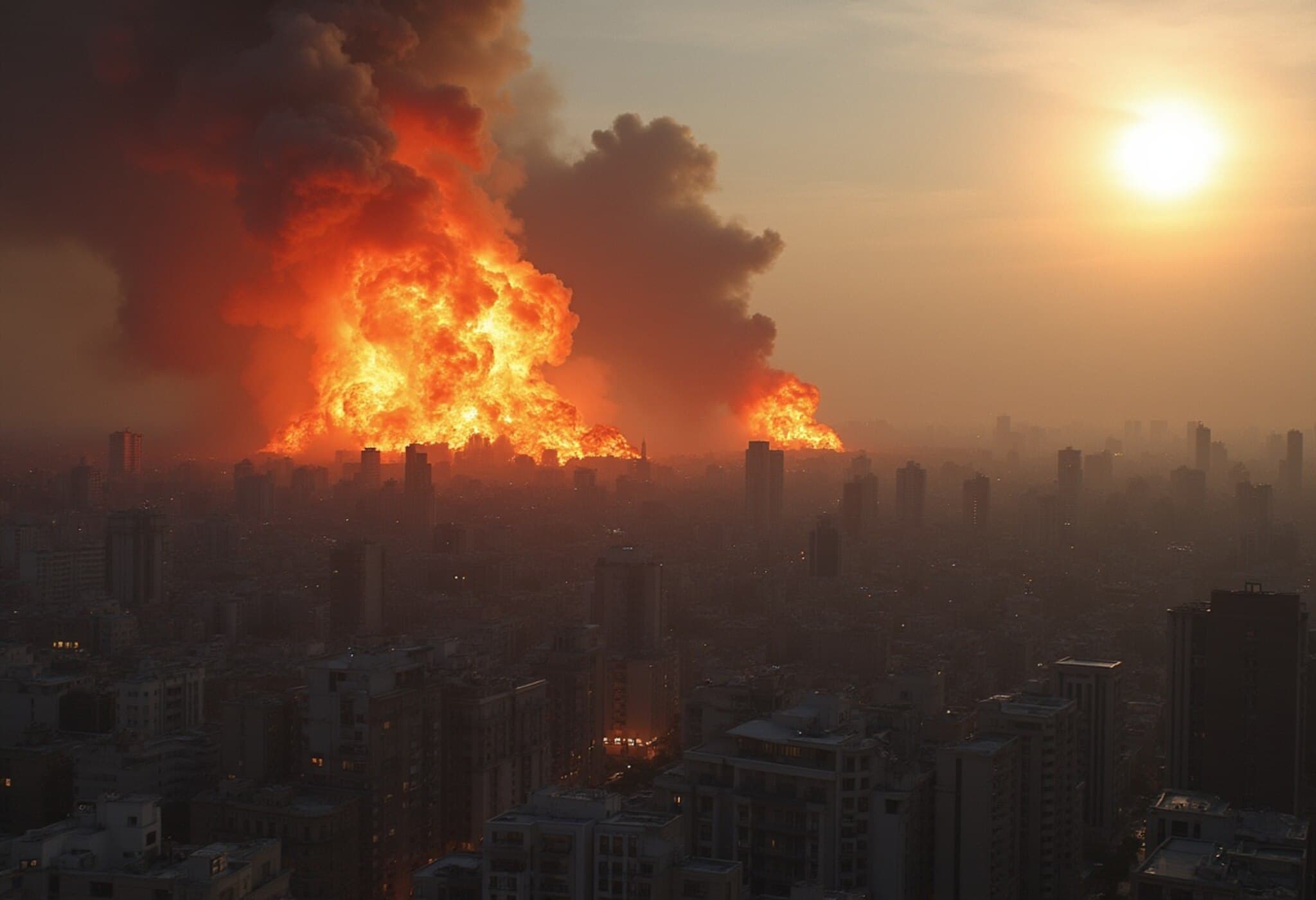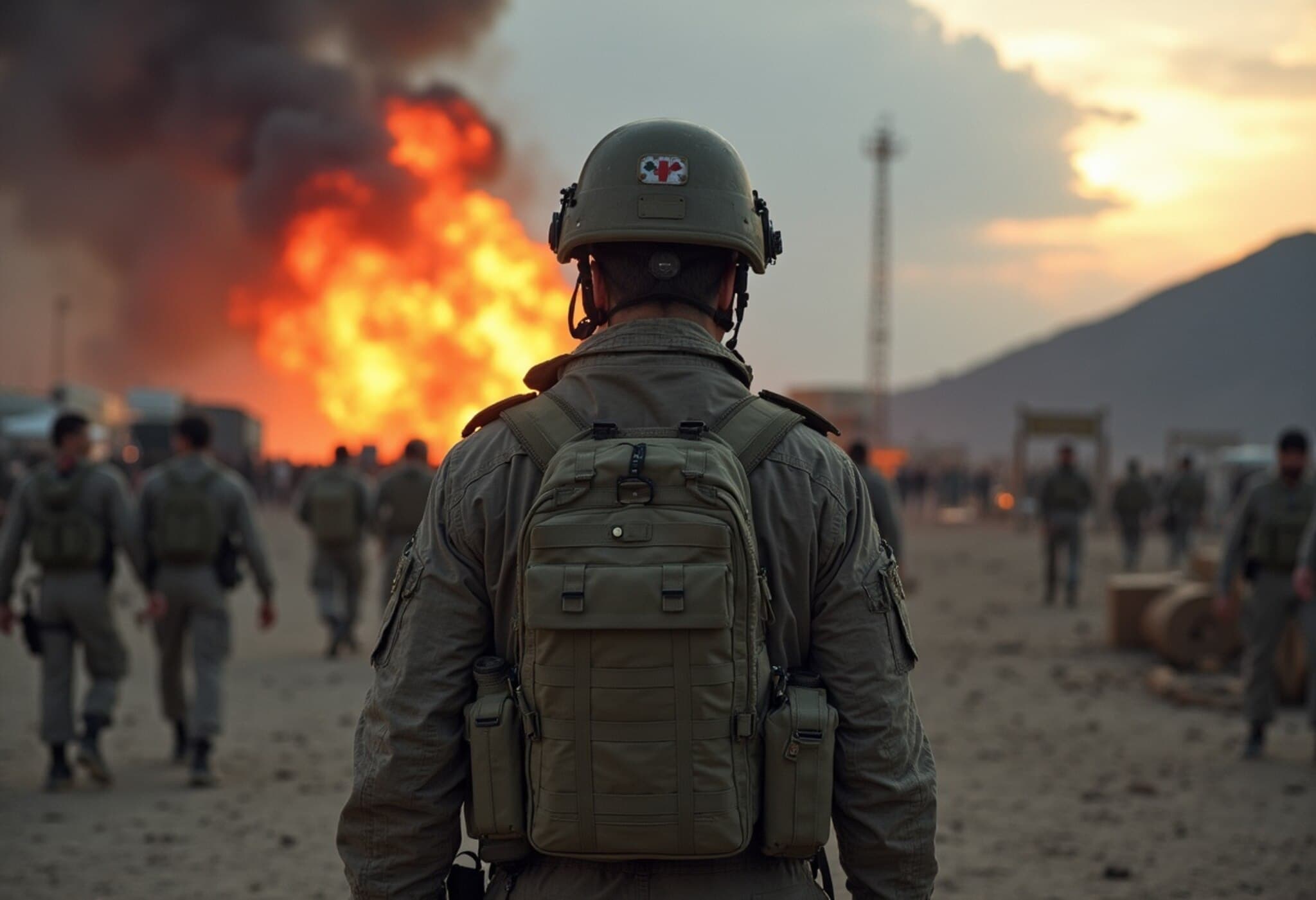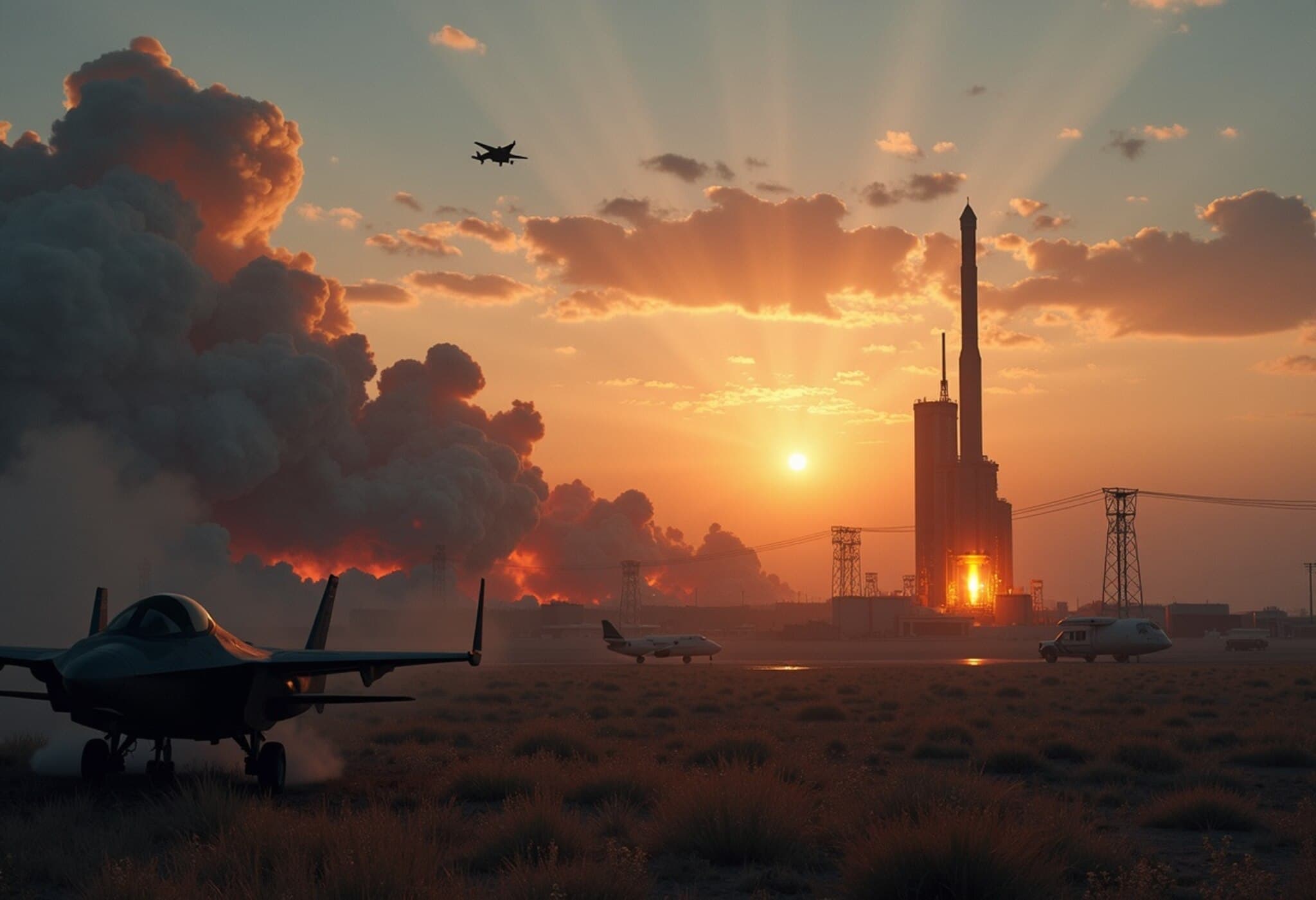US B-2 Bombers Target Iranian Nuclear Facilities in Historic Strike
In the early hours at 2:00 am Tehran time, American B-2 bombers launched a sweeping attack on Iran’s nuclear complexes at Fordo, Natanz, and Isfahan. Over 75 precision-guided munitions, including Tomahawk missiles, struck the sites, marking the most direct assault on the Islamic Republic since its establishment in 1979. Following the US offensive, Israel conducted its own strikes targeting missile bases and command centers across Iran.
Trump Declares Iran Nuclear Infrastructure 'Completely Obliterated'
Resilience of Iran’s Nuclear Program Raises Doubts
Iranian officials asserted their most enriched uranium was relocated ahead of the bombs falling, sparking debates about the operation’s efficacy. Analysts believe Iran may have dispersed its nuclear assets, making subsequent targeting even more challenging. Some experts suggest key materials remain intact underground at facilities like Isfahan, untouched by the airstrikes.
Unintended Consequences: Bolstering the Iranian Regime
While the US intended to cripple Iran’s nuclear ambitions and demonstrate dominance, the attack paradoxically strengthened Supreme Leader Ayatollah Ali Khamenei’s fragile hold on power. Facing an external threat, many Iranians, including government critics, rallied behind the regime in a surge of nationalist sentiment. Civil society activists criticized the strikes as setbacks to democratic aspirations within Iran, emphasizing the blow to human rights efforts.
Public Sentiment and Nationalism Resurface
- Anti-American feelings deeply rooted since the 1953 coup resurfaced prominently.
- Protesters and citizens alike refrained from welcoming foreign intervention.
- Iconic anti-US murals re-emerged, with slogans like "Death to America" reinforcing defiance.
This newfound solidarity effectively allowed the regime to portray itself as the defender of Iranian sovereignty amid crisis.
Regional and Global Repercussions
The strikes have amplified geopolitical tensions across the world:
- Russia expressed concerns over unleashing a "Pandora’s box" of conflict.
- The United Nations warned of retaliatory spirals.
- Global oil prices surged to their highest since January amid fears of escalation.
Risk of Escalation and Iran’s Possible Responses
Iran’s options could profoundly impact regional stability and global markets:
- Missile counterattacks targeting Tel Aviv and US bases have already commenced.
- Closing the Strait of Hormuz could disrupt nearly 20% of worldwide oil shipments.
- Activating proxy networks in Lebanon, Yemen, and other areas remains a looming threat.
Additionally, experts warn the attack might accelerate Iran’s push for a nuclear deterrent. The embarrassment from the airstrikes could convince Tehran that only a bomb can guarantee survival amid mounting foreign pressure.
Mixed Outcomes: From Power Projection to a Lingering Conflict
Trump aimed to eliminate Iran’s nuclear threat and signal American resolve. Yet, the strikes may have backfired by:
- Deepening anti-American sentiment within Iran.
- Uniting a fractured nation behind a common enemy.
- Intensifying a conflict likely to outlast current US leadership.
Despite public reassurances from US officials denying regime change ambitions, President Trump’s own rhetoric hinted otherwise, creating mixed messages on America’s ultimate objectives.
What Lies Ahead
The aftermath of the strikes sets the stage for a prolonged period of uncertainty. Iran’s next moves could define regional dynamics for years to come, possibly ushering in:
- Heightened military confrontations.
- Expanded proxy warfare across the Middle East.
- A dangerous nuclear arms race in an already volatile region.
Meanwhile, international observers await inspections to assess the damage's full scope and monitor Tehran’s response strategy carefully.
In sum, the airstrikes inflicted damage on Iran’s nuclear facilities but may have inadvertently fortified the regime’s grip and triggered new challenges for global peace efforts.



















